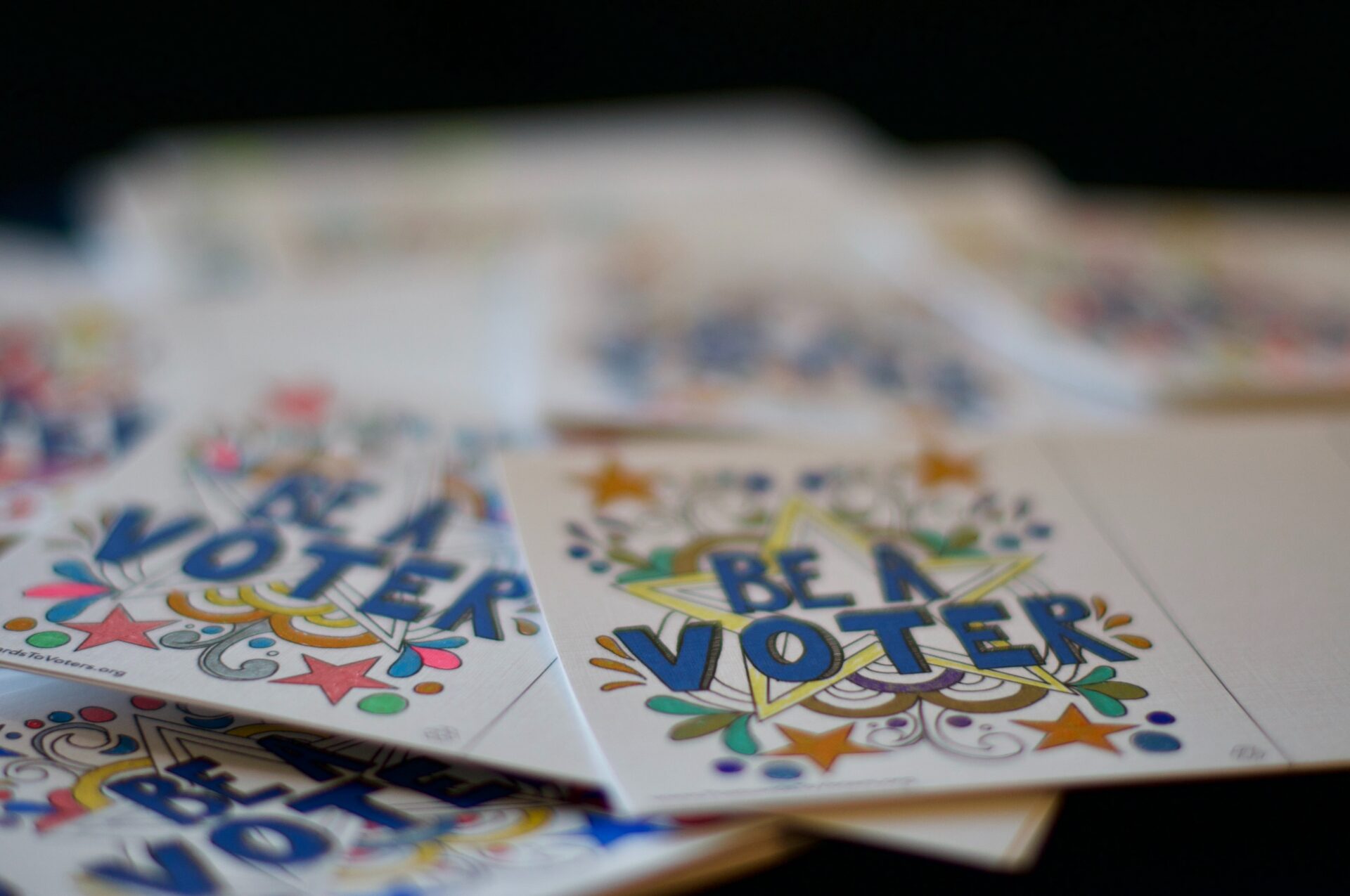It is easy to assume that the election coverage you and your organization produces reaches the community. You might spend on targeted advertising, schedule social media posts and hold in-person workshops after a big campaign announcement or suggested policy change.
But a key way to inform your news audience – and the voting public, at large – is to make sure they have a strong sense of your election coverage well ahead of early voting or a mail-in ballot deadline. That goes for both the internet savvy and those without a computer or cell phone in their place of residence, too.
Between difficult-to-decipher ballot language and candidate mudslinging, election season can be confounding and present an obstacle to voting. Your comprehensive voting guide needs to meet people where they are before they head to the polls and engage in one of the foundations of a functioning democracy.
Guides & Best Practices
American Press Institute
“Providing Nuanced Information to Voters to Address Voting Disparities and Difficulties”
This American Press Institute guide stresses the importance of having centralized voting information displayed prominently on your news outlet’s website. It is also important to ask your community what they need in terms of coverage and remind them – for example, through daily text messages – about upcoming election deadlines. Also consider publishing content in another language if that’s a barrier to some voters and creating shareable content that resonates with voters. As an example, one newspaper even published a voter registration form on their front page.
Election SOS
“Voter Guides 101”
This guide from Hearken’s Election SOS project notes that the best voting guides are specific to your audience and answer the basic five W’s. Roundups and FAQ’s are a good way to keep voter guides updated regularly, too. Also consider partnering with other like-minded organizations and reaching out to election officials early before they’re inundated with requests in the midst of an election cycle.
PEN America
“The Reporters Guide to Covering the 2020 Election”
Note: Plenty of the resources in this 2020 guide still hold true for 2024. PEN America recommends not waiting to do election stories: Tell voters what they should anticipate on Election Day right now. Your news outlet should also explain the basics of the voting process, including early voting and how to confirm that a mail-in ballot has been received. Also consider repetitive messaging on common questions you receive from voters.
Assistance
Groundsource is a text-messaging service that allows news consumers to text your news outlet, and allows media organizations to ask coverage-related questions and share election coverage as well. The program can gather answers to demographic questions and follow up with sources through one-on-one texting, too.
Hearken, which specializes in engagement journalism, has an embeddable form for soliciting questions that many newsrooms have used to collect questions about voting and elections.
Additional Resources
LAist
“Voting is super hard. Here’s how we made it easier for our audience.” by Kristen Muller
Article
Hearken
“Make your voter guide iconic” by Jennifer Brandel
Article
The Lenfest Institute
“These Chicago news orgs worked together to create a collaborative voting guide” by Joseph Lichterman
Article
Election SOS
“Best practices for voting guides 2022”
Video
Nieman Journalism Lab
“How the Lenfest Local Lab used texting to inform Philadelphians about election issues” by Sarah Schmalbach
Article
Current
“Four techniques to public-power your elections coverage” by Krystina Martinez and Julia Haslanger
Article


